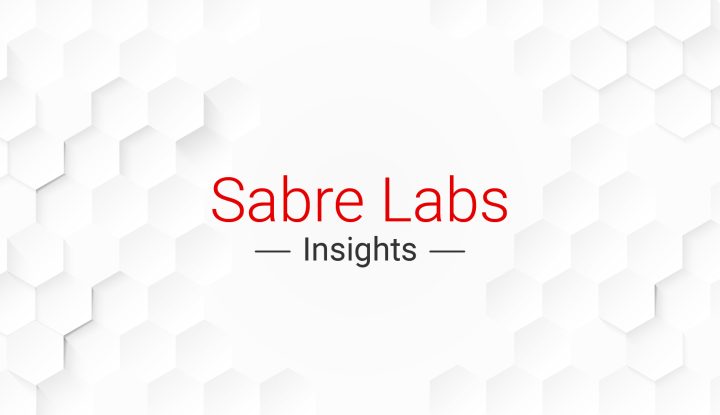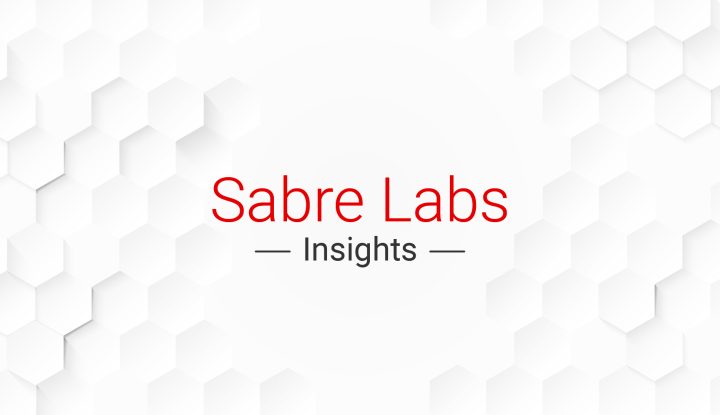- Turing, A (1950); “Computing Machinery and Intelligence,” Mind, Volume 49, pp. 433-460. ‘
- Levesque, Hector (2011); “The Winograd Schema Challenge”, Commonsensereasoning.org
- Chollet, Francois (2019); “On the Measure of Intelligence”, https://arxiv.org/abs/1911.01547
- Gupta, Maya et al (2017): “TensorFlow Lattice: Flexibility Empowered by Prior Knowledge”, https://ai.googleblog.com/2017/10/tensorflow-lattice-flexibility.html
After the deregulation of the airline industry in 1979, Sabre has played a pivotal role in enabling all aspects of a consumer’s travel by leveraging our core competencies in operations research, computer science and advanced data analytics to solve complex problems that generate revenue or lead to operational efficiencies that reduce costs. Core focus areas include flight scheduling, reservations, air shopping, retailing, airline pricing, revenue management, crew planning, airline operations, staff planning, cargo and customer service.
The concept of Artificial Intelligence came into existence in 1950 when Alan Turing, wrote his landmark paper “Computing Machinery and Intelligence” [1]. This paper attempts to answer the question “Can machines think?” This led to the Turing Test, which is a test of a machine’s ability to exhibit intelligent behavior that was comparable to a human. Some researchers now propose the Winograd Schema Test as an alternative [2] and more recently Francois Chollet has proposed a framework called the Abstraction and Reasoning Corpus based on Algorithmic Information Theory [3] where he argues solely measuring skill at any given task falls short of measuring intelligence.
The term “Artificial Intelligence” (AI) was coined five years later, in 1955 by John McCarthy, a professor who spent most of his career at Stanford University, developed LISP, the second oldest high-level programming language (after Fortran)
Artificial Intelligence as a discipline is quite broad and embraces the concept of machines being able to carry out tasks in a way that we humans would consider smart. Applications of AI impacted Natural Language Processing (such as machine translation), Machine Vision (such as automated self-driving cars) and Machine Learning (such as computer game play). Machine Learning is a subset of AI where computer programs use data so that they can learn, adapt and refine predictive capabilities over time, rather than only performing tasks that they have been explicitly been programmed to do. In the early days, adoption of AI was slow and it is only in the last decade, especially with the advent of Deep Neural Networks that various industry verticals, including travel, have been adopting AI based techniques.
Today we live in an AI and ML-enabled landscape. Many of the core advances made by Sabre in travel can now be enhanced with such Machine Learning algorithms. AI and ML are at the intersection of technologies that reason, interact and learn. At Sabre, we use such techniques end-to-end across marketing, interactive selling, fulfillment and customer care. We also leverage such algorithms to realize operational efficiencies within our complex internal systems that operate 24 x 7. In an AI-enabled landscape we can add capabilities for continuous learning without human intervention.
A few value propositions we have implemented are outlined below:
Dynamic Thresholds for Service Health Portal
The Sabre Health Portal (SHP) developed internally monitors the health of various applications in real time and generates alerts based on dynamically adjusted thresholds. Since standard forecasting techniques do not deal well with volatility, we used a regression model combined with machine learning to generate dynamic confidence bands. Specifically, we found that a method called STL (Seasonal and Trend Decomposition using Loess) which uses the Loess smoother (Locally Estimated Scatterplot Smoothing) that uses local regression accounting for seasonality and trend was particularly effective. With such an approach, the detection of anomalies is also computationally fast. The benefits of dynamic thresholds in SHP is fewer false positives alerts, adjusted dynamically based on the change to metrics monitored by the minute.
Hotel Identity Deduplication
A core capability of a marketplace like Sabre is the ability to offer rich content (such as hotel rates) from multiple sources. But different hotel aggregators (or suppliers) may not all represent a hotel property the same way. Names and addresses of hotels often contain errors, misspellings or transpositions of words. To integrate such content from different hotel aggregators requires a capability to ensure uniqueness of a property across aggregators (i.e. we need to be able to identify the “Marriott Marquis in Time Square New York” as the same property even though it may be represented differently by different aggregators). A combination of Logistic Regression, a rule-based approach for hotel attributes and Fuzzy String Matching is being used to solve the problem. TensorFlow Lattices [4] represent recent techniques that enable such identity correlations.
Demand Forecasting
Demand forecasting is dominated by time series models and customer choice modeling (CCM) techniques such as the Multinomial Logit (MNL) models. However, machine learning techniques such as Random Forest (RF), Gradient Boosted Trees (GBT), Support Vector Machines (SVM) and Artificial Neural Networks (ANN) can model non-linear relationships, allow for collinearity and offers flexibility to automatically learn customer behavior implicitly. Our results indicate that machine learning models can outperform traditional methods in some but not all cases.
Name Recognition
Identification of first and last names on passports from countries that are not ICAO (International Civil Aviation Organization) compliant causes two issues: Inability to use the MRZ (Machine Readable Zone) for PNR (Passenger Name Record) of Departure Control customer look up and the inability to pass APIS (Advanced Passenger Information System) data at flight close accurately. The name recognition problem was solved by evaluating a range of supervised learning techniques. Support vector machines and recurrent neural networks performed the best with an accuracy of ~80%.
Customer Segmentation
With the age of intelligent retailing, airlines want to segment customers that go beyond traditional booking classes. Unsupervised learning techniques such as hierarchical clustering, k-means, sequential k-means, k-median, etc. can be used to create personas across a range of dimensions such as advance purchase, length of stay, mid-week vs weekend, number in party, length of haul, etc. Sabre has recently demonstrated such customer and trip-purpose segmentation in a manner that transparently augments input queries and output results, including New Distribution Capability (NDC) requests and responses.
Test and Learn Experimentation with the Multi-Armed Bandit
A fundamental building block in intelligent retailing is a component that leverages a reinforcement learning technique called the multi-armed bandit (MAB) to manage online controlled experiments in order to learn customer behavior. The goal of the experiment is to find the best or most profitable action and the randomization distribution can be updated in real time as the experiment progresses. We also use this approach in air shopping experiments to control the cost of shopping with cache updates, measure shopping diversity that maximizes conversion rates, determine the best fare with schedule / fare / ancillary attributes to display on multi-month calendars, hotel retailing with offers on hotel websites, and to recommend air bundles (base fare + air ancillaries) to customers.
Other areas where we have found such MAB learning useful include persona-based recommendation engines for offers, personalization of offers, optimizing screen displays, detection of robotic shopping requests with pattern recognition, anomaly detection for hotel rates, chatbots, hotel product normalization, and fraud detection.
At Sabre, our journey to using machine learning algorithms is evolving as we raise awareness of the role of AI and ML across the organization, communicate where it can be used, encourage teams to learn and leverage our extensive data sources and bring forward new travel-related value propositions that adds value to our customers.
References




